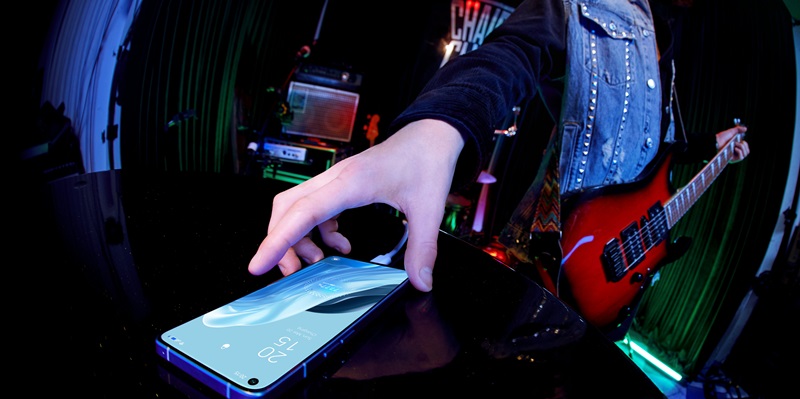Oppo’s announcement of the Reno13 series, set to launch on November 25, 2024, marks an intriguing development in the mid-range smartphone market. These Android devices promise to integrate features typically associated with high-end smartphones, such as a third rear camera and a ring flash, while maintaining a reasonable price point. Consumers who aspire to own devices with premium looks and functional capabilities, similar to Apple’s iPhones, might find the Reno13 series particularly appealing. Adding to the allure, these smartphones will be available in four trendy colors: Butterfly Purple, Galaxy Blue, Midnight Black, and Starlight Pink, with the latter being exclusive to the Pro model. It’s notable that this aesthetic appeal could play a vital role in capturing consumer interest.
The promotional support by South Korean pop idol Song Yuqi from (G)I-DLE aims to amplify the reach of these devices among younger audiences and fans of modern pop culture. Accompanying the Reno13 series at the launch event will be the Pad 3 and Enco R3 Pro earbuds. The Pad 3 will come in shades that match the new smartphones, enhancing the ecosystem appeal for the brand’s users, whereas the Enco R3 Pro earbuds will be available exclusively in white. This launch strategy suggests that Oppo is not only focusing on the phones but also creating an ecosystem that extends style and functionality across multiple device types, thereby encouraging brand loyalty.
However, it’s important to note that while the Reno13 and 13 Pro will use the older Dimensity 8300 SoC, this might be a deliberate move rather than a limitation. The Reno12 Pro previously ran on the Dimensity 7300, indicating that Oppo is adhering to a formula of combining fashionable design with stable yet not necessarily top-tier internal components. This approach might be aimed at balancing performance and cost-efficiency to meet the needs of a broader consumer base. The real question is whether this blend of trendy aesthetics and dependable hardware will suffice to redefine mid-range expectations or if potential buyers will hold out for more advanced specs.

